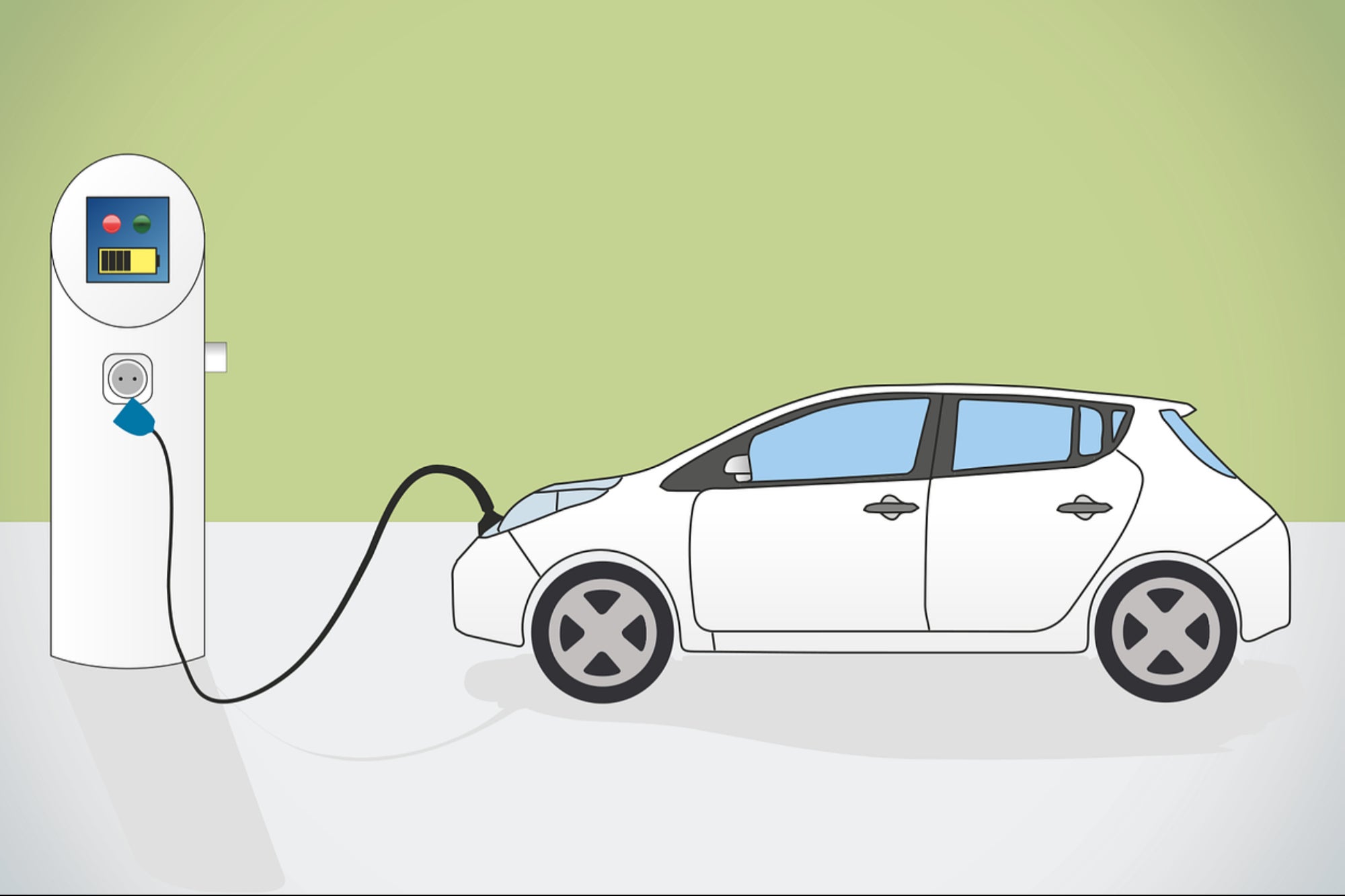Making EVs Safer The regulatory advances would result in a shoot up of EV prices due to the new changes underlined in the regulations that will be mandatory for all EV makers to adopt
Opinions expressed by Entrepreneur contributors are their own.
You're reading Entrepreneur India, an international franchise of Entrepreneur Media.

Sustainability has been the question long-standing due to the excessive use of fossil fuels as well as the carbon emissions that have significantly increased over the years. Effects of the climate change are being felt worldwide. The world had witnessed record levels of pollution in the last decade and with levels going upwards, there was a firm need of change. Tesla and Elon Musk started the rejuvenation of the electric vehicles long after it was initially proposed by Nikola Tesla. However, the launch of Tesla kickstarted the time for electric vehicles. Internal combustion powered- vehicles have long been the reliable mode of transportation. The subsequent emergence of EVs has been a game-changer for the environment since it is significantly cleaner than its petrol-powered counterpart.
Growing stronger
The Indian EV sector has witnessed $3.7 billion worth of private equity and venture capital investments over the past few years with the numbers set to increase. The value chain revenue pool of the Indian EV Ecosystem is said to be in a range of $76-$100 billion. According to a report by Bain and Company, 35 to 40 per cent of all vehicles sold in India by 2030 would be EVs, an increase from two per cent penetration rate in 2022. To boost adoption of EVs, the Union government as well as a few state governments are setting up incentives including the Faster Adoption and Manufacturing of Electric and Hybrid Vehicles in India (FAME-I and FAME-II) incentives which are becoming a major factor for the faster EV adoption. Other incentives include production-linked incentive (PLI) and Goods and Services Tax (GST) rate cuts and road tax waivers.
New safety standards
The fast few months has seen multiple incidents of EVs catching fire. These include EVs from Tata Nexon EV and Ola. In the wake of these incidents, the government set up a high-level committee which recommended changes to EV's testing criteria. Recently, the ministry of heavy industries allocated INR 40-50 crore to Automotive Research Association of India (ARAI) to boost its equipment, get more equipment from abroad and improve the testing standards in India.
"The recent revisions to battery certification norms have been introduced to make them safer and reduce the number of incidents. We believe in the government's good intent in tightening these norms and given time, they will help to benefit the industry at large," said Dr. Amitabh Saran, CEO, Altigreen.
Additional safety requirements have also been proposed for battery cells, the battery management system, onboard chargers, the battery pack design, thermal propagation of the cell. These requirements were supposed to come into play from October 1. However, a joint appeal from the entire EV ecosystem saw this date being pushed to December 1. The regulatory advances would be carried out in two phases: Phase-I from December 1 and Phase-II from March 31. There is some uncertainty and confusion within the industry with some industry veterans thinking it could be difficult to implement it within the given timeline with them seeking certain clarifications from the ARAI and the government as well.
The government has also sought suggestions from stakeholders. It is also going to make it mandatory for EV makers to follow conformity of production norms (COP) norms to imply during the year, even after the initial certification from ARAI or International Centre for Automotive Testing (ICAT), the brand would have to submit its products for testing with ARAI. EV makers will have to frequently through the year submit their products, submit their components for testing and certification by the ARAI as well.
Phase-I of the new battery regulations has been a crucial step toward strengthening the quality of EV batteries by bringing in better battery design and safety standards in battery design. The new battery regulations would help weeding out of sub-standard technologies and manufacturers from the industry and will ensure that manufacturers meet a bare minimum set of safety standards. The AIS-156 certification mandates that EV batteries adhere to stringent quality test designed bespoke for the Indian climatic and operating conditions. OEMs and battery manufacturers would have ensured a safer, more reliable, and enhanced efficiency of electric vehicles leading to the production of best-quality EVs/batteries and higher customer satisfaction.
"With the implementation of new safety regulations, the manufactured batteries will undergo a series of tests to ensure they suit our operating conditions. India and the tropical belt have always posed a challenge to battery manufacturers given the extremities in climatic and operating conditions. AIS-156 safety tests will ensure that the batteries withstand the ecosystem in every possible manner by putting them through a series of safety tests including temperature resilience, impact, vibrations and more," said Pankaj Sharma, co-founder, Log9 Materials.
The Future Ahead
The regulatory advances would result in a shoot up of EV prices due to the new changes underlined in the regulations that will be mandatory for all EV makers to adopt. The EV makers will have to adopt the changes in the design as well as production process to qualify for the safety norms. Most of the batteries being sold in India are imported from China which might become a critical bottleneck due to the widening trade deficits with the country putting India's ambitions of an EV driven economy at risk.
The EV manufacturers have been supportive to the changes made by the committee. The industry has welcomed the change of norms with open arms. However, the sector is a nascent stage with more room for regulatory changes. The combustion incidents led to a lot of deferred buyers as the buyers started looking to ICE-powered vehicles again due to their lack of faith in the Indian EV ecosystem. However, the changes in regulations address those issues and initiate the plan to bury the ghost of the past momentarily, if not permanently.












